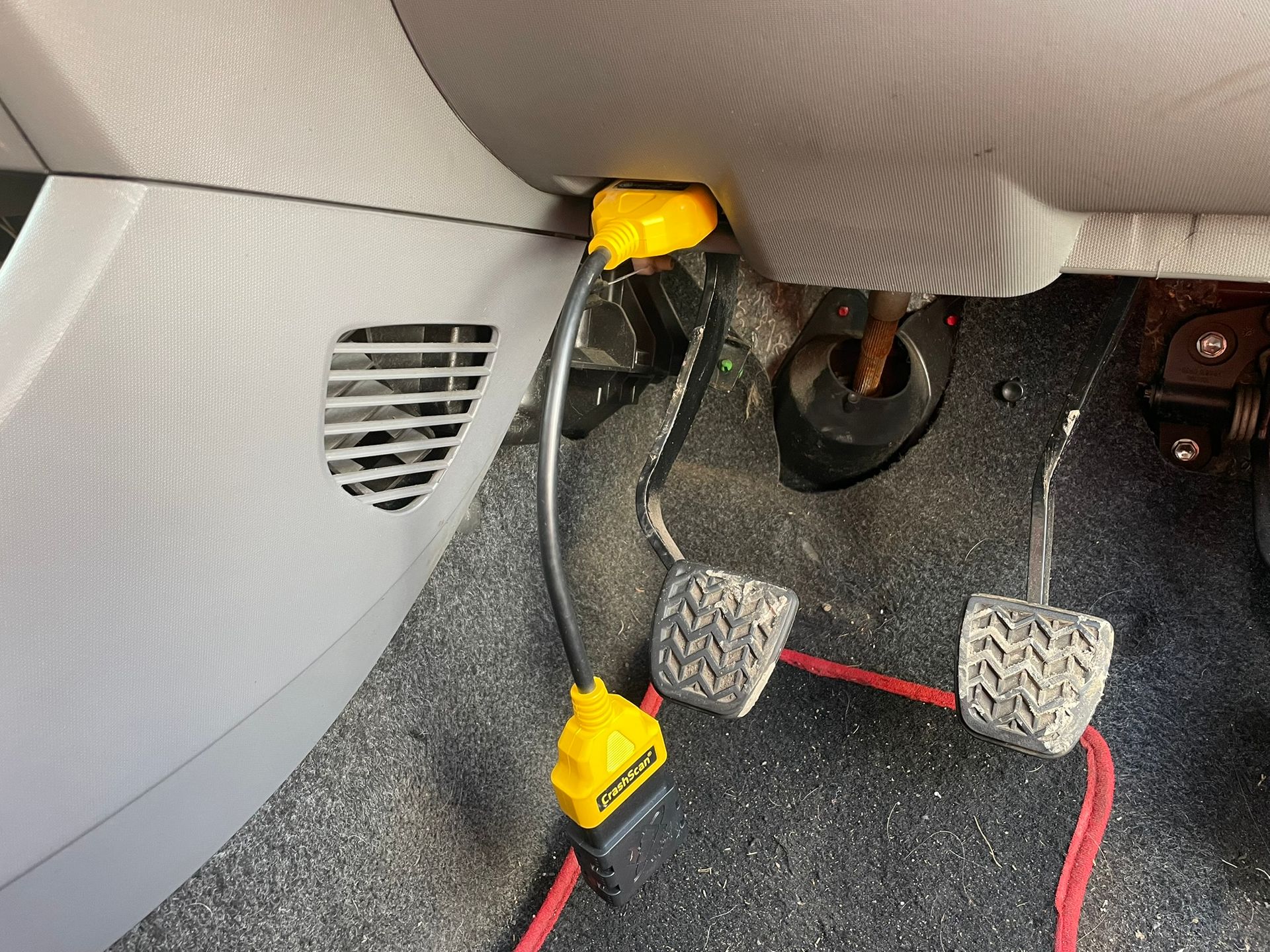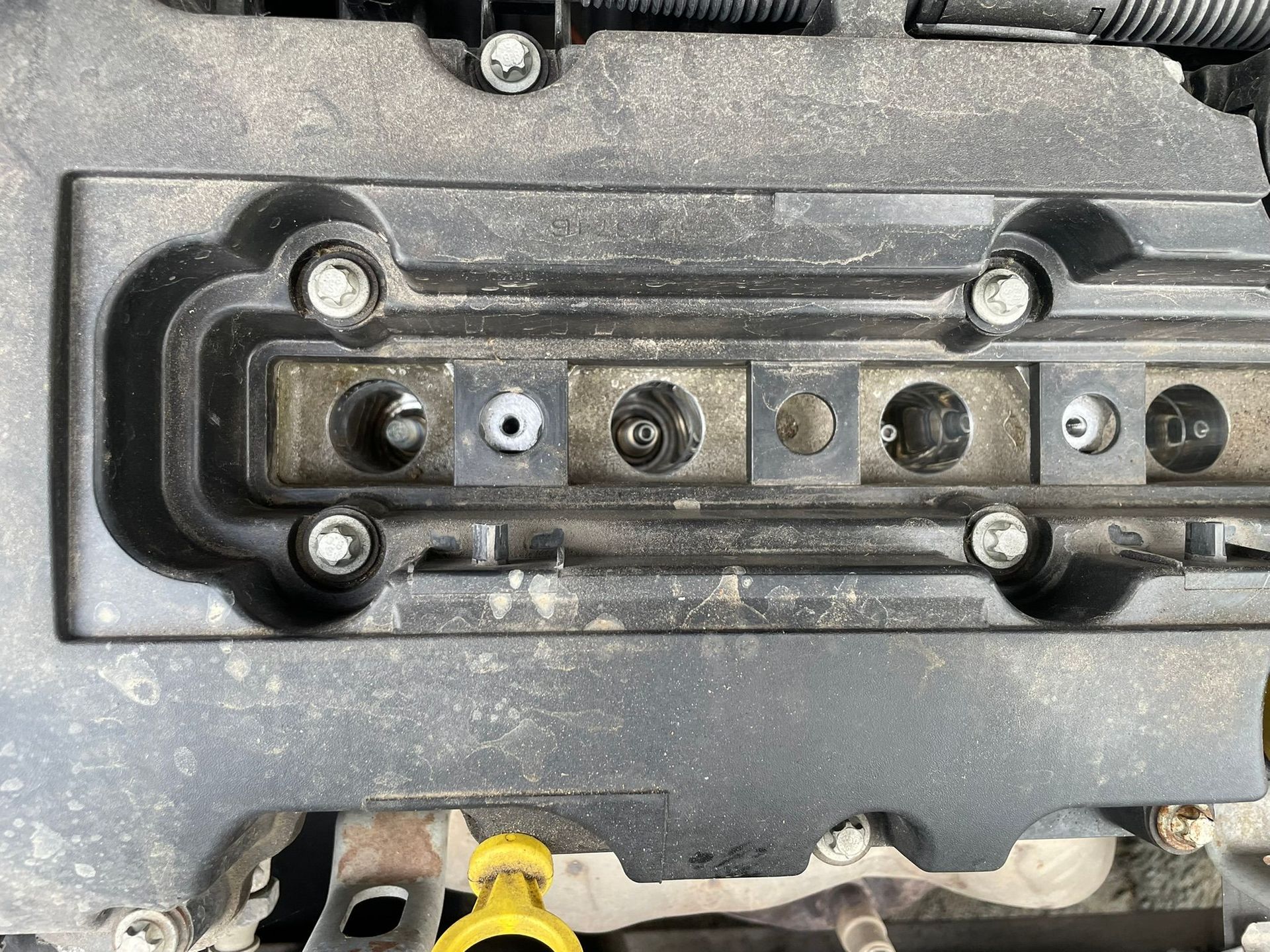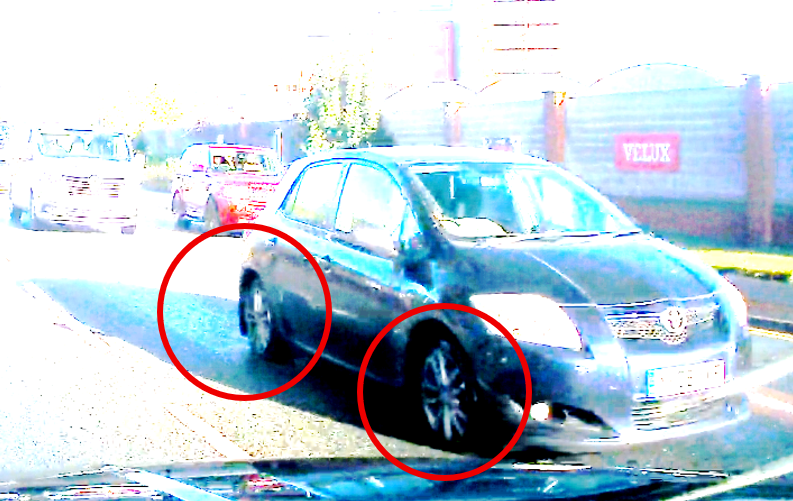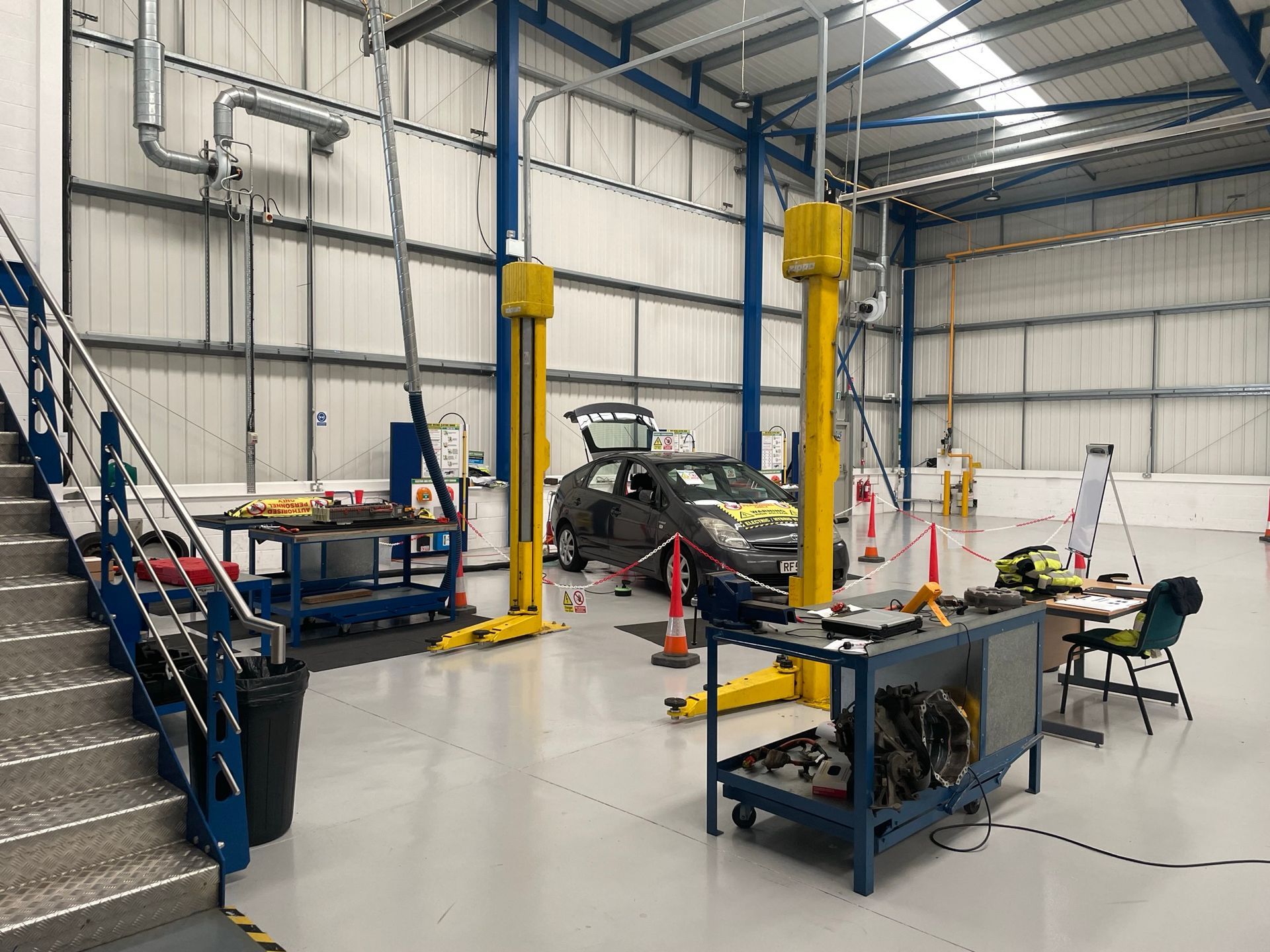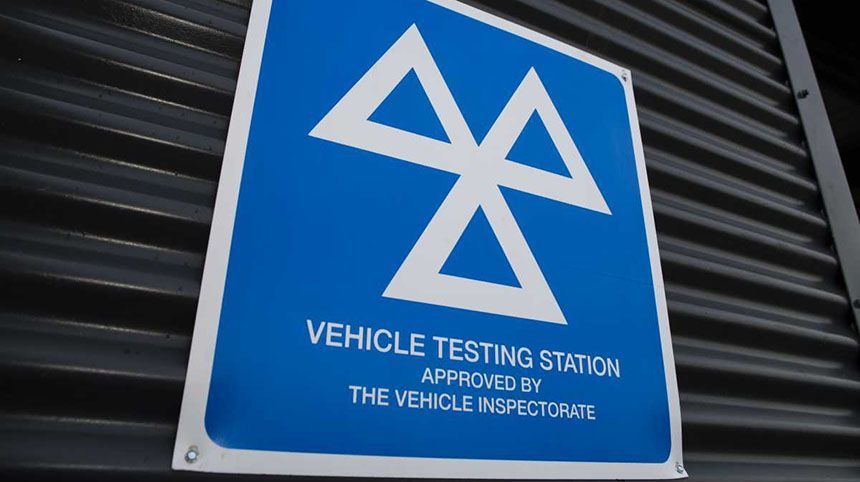Top 5 Things Insurance Investigators Should Know About EDR Data
The top 5 things insurance investigators need to know about event data recorders (EDR) are:
- Event data recorders (EDR) are not new,
- There is a wide range of data available from EDRs,
- Data can be stored and retained for months if not longer,
- Data can be downloaded via the on-board diagnostic (OBD) port or direct from the module,
- Data can be stored even where airbags do not reploy
Lets look at these individually.
Event data recorders are not new. It is estimated that in North America in the early noughties, that over 40 million vehicles had an EDR fitted. Whilst the number in Europe and the United Kingdom will be significantly lower, changes to recent European legislation will inevitably lead to more vehicles being fitted with an EDR.
Wide range of data. The precise data recorded by each vehicle will vary between manufacturers, but it generally includes vehicle speed, engine speed, how hard the brake and accelerator pedals are being pressed, which seats were occupied, who was wearing their seatbelt and so much more.
Data can be stored for months. The length of time data is stored for is dependant on a variety of factors, but what we have found are examples where data can be stored for months, so even if you have lost all hope, it is still worth checking for the data as it might still exist. That said, our advice in relation to EDR data is to check as soon as you can.
OBD and direct-to-module download. The easiest way to download EDR data is via the OBD port, however on some crashed cars, the OBD port is either inaccessible, damaged or the network has been damaged. In those cases, you can go direct-to-module. In effect this means you connect directly to the airbag module and download the data directly.
No need for the airbags to have deployed. Most people believe that EDRs only record data when the airbags have deployed, but that is not necessarily the case. Many EDRs also record data in events that are described as "near misses". Where a vehicle suspects it might need to deploy the airbags but that need never arises, cars can record information about what the vehicle was doing. For near-miss data, the key here is to download it as soon as possible as this is the most fragile data with the greatest potential to be lost.
Not sure if the vehicle is likely to have EDR data? Contact us and we will let you know.
email: enquiry@drivenforensics.co.uk
telephone: 0113 534 8708


